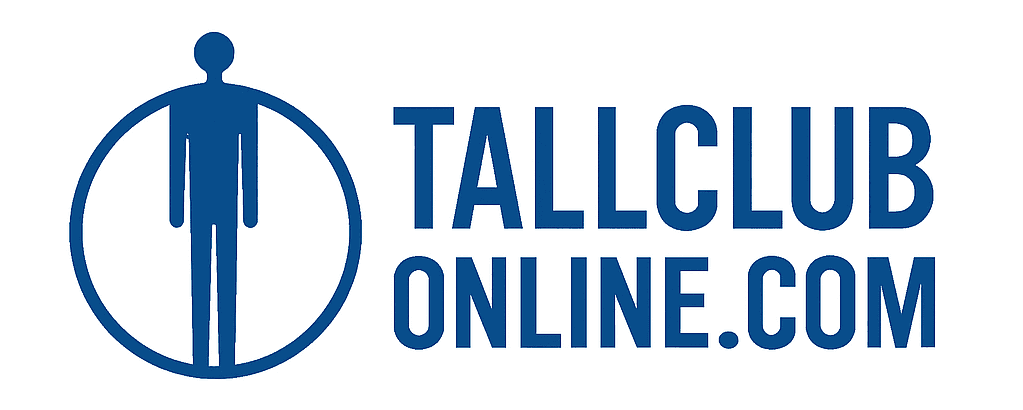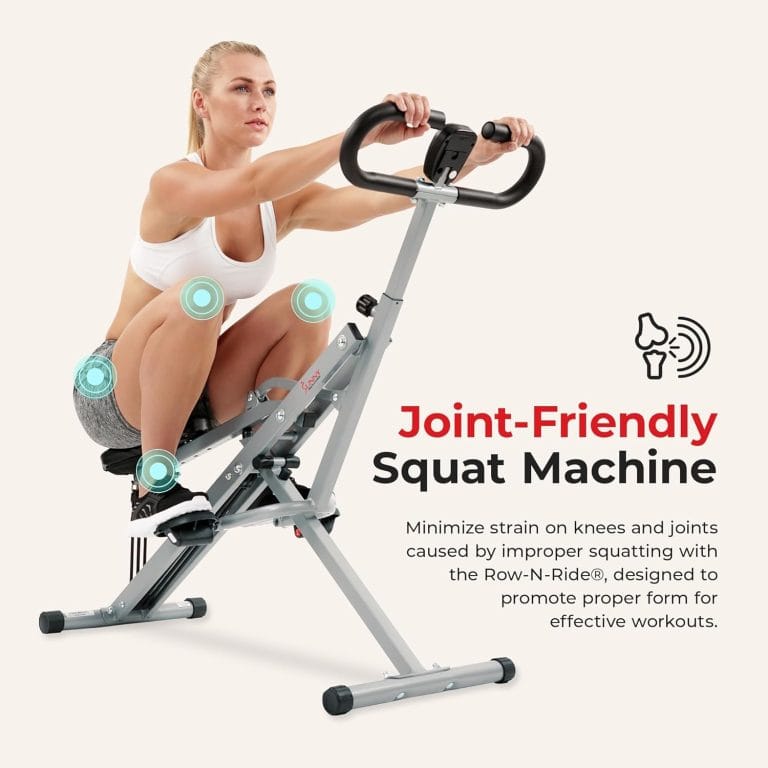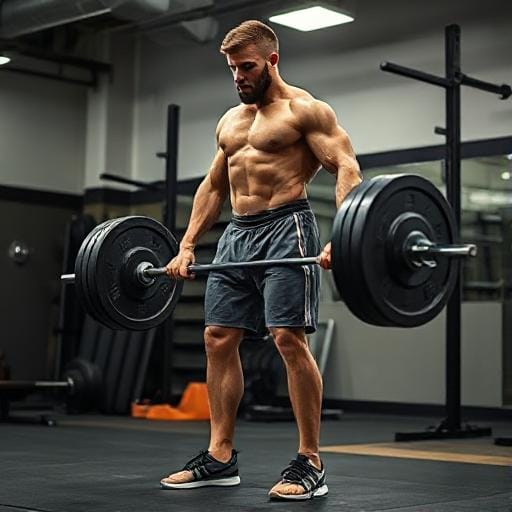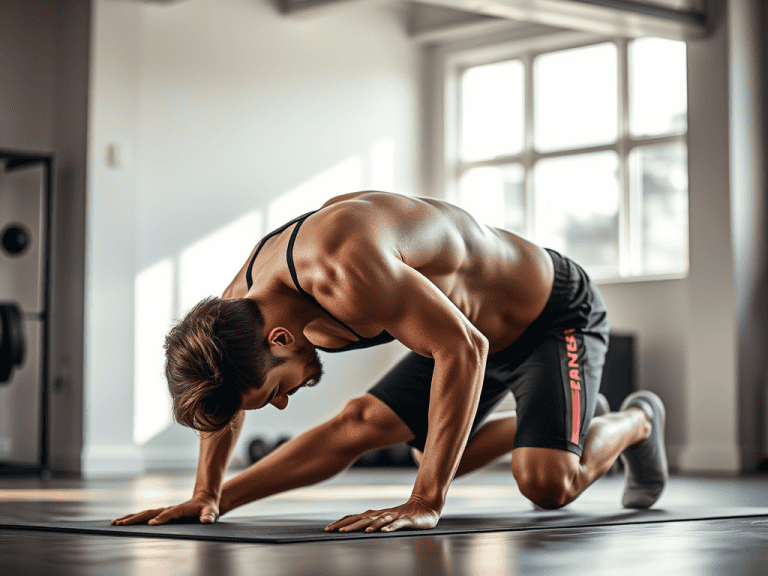Why Tall People Need Specialized Fitness Plans: A Science-Based Guide

Being tall has its perks, but it also comes with its own set of unique challenges when it comes to fitness. Whether you’re a tall teenager or an adult, your body structure and proportions can affect how you exercise, how much weight you should lift, and even your risk of injury.
This article will dive into the science behind why tall people need specialized fitness plans and how customizing your approach can lead to better performance, fewer injuries, and long-term health benefits.
Why Tall People Face Fitness Challenges
Tall individuals often have a distinct body structure compared to shorter people. Some of these differences include:
Longer limbs: This can affect your range of motion and leverage during exercises.
Heightened pressure on joints: Extra height can increase pressure on your knees, hips, and spine.
Postural issues: Tall people may be more likely to slouch or adopt improper posture during daily activities and workouts.
Imbalance in muscle groups: Taller individuals often have longer bones, which can lead to uneven muscle development.
These challenges mean that tall people need to take extra care in their fitness planning to avoid injury and maximize performance.
The Science of Fitness for Tall People
1. Joint Health and Pressure
Tall bodies experience greater pressure on joints, especially in the lower back, knees, and hips. Over time, this can lead to joint pain and even chronic conditions such as osteoarthritis. By understanding this, you can incorporate exercises that focus on strengthening these joints and preventing further wear and tear.
2. Flexibility and Range of Motion
Longer limbs mean a greater range of motion during movements. However, flexibility may not come as easily. Stretching and mobility work are crucial for tall individuals to maintain flexibility and prevent muscle stiffness, which can increase the risk of injury.
3. Posture and Alignment
Tall people often struggle with postural imbalances. For instance, you might slouch when sitting or standing, leading to unnecessary stress on your back and spine. Developing a fitness routine that focuses on core strength and postural alignment is essential.
Specialized Fitness Plans for Tall Bodies
1. Focus on Core Strength
Tall individuals need to build a strong core to support their longer spines and maintain good posture. Exercises like planks, bridges, and dead bugs help strengthen the core, leading to better stability and less strain on the back.
2. Customize Weightlifting Movements
When lifting weights, tall people should adjust their form to accommodate their longer limbs. Some tips include:
Modify your grip: A wider grip may be more comfortable for tall individuals.
Adjust the bar path: Make sure your range of motion is suited to your body size. For example, in squats, your thighs might need to travel further than a shorter person’s, so it’s important to have the right mobility and form.
Prioritize compound movements: Squats, deadlifts, and bench presses are excellent exercises for tall individuals as they target multiple muscle groups, helping to balance muscle development.
3. Flexibility and Mobility Routines
Incorporating mobility and stretching into your routine is vital. Dynamic stretching before workouts and static stretching after workouts can help improve flexibility and reduce muscle stiffness, especially for tall individuals with long limbs.
Some effective exercises include:
Hip flexor stretches: Helps maintain flexibility in the hips, preventing tightness from long periods of sitting.
Thoracic spine stretches: Enhances mobility in the upper back to prevent slouching.
Hamstring stretches: Tall people often have tight hamstrings, and focusing on flexibility here can reduce lower back strain.
4. Recovery and Injury Prevention
Tall people are at a higher risk of overuse injuries due to the extra strain on their joints. It’s important to prioritize recovery in your fitness plan. This includes:
Foam rolling: Helps release tightness in muscles and fascia.
Massage therapy: Regular massages can help alleviate muscle tension and improve circulation.
Rest days: Ensure that you’re allowing your body adequate time to recover between workouts to prevent overuse injuries.
Best Practices for Tall People’s Fitness Plans
Here are some additional tips for optimizing your fitness routine:
Start slow: Don’t rush into intense workouts. Begin with foundational exercises to ensure your form is correct before adding weight or intensity.
Work with a trainer: A fitness expert can help design a workout plan tailored to your height and body structure, ensuring proper form and injury prevention.
Stay consistent: For the best results, consistency is key. Stick to your plan, and make adjustments as needed based on how your body responds.
Key Takeaways
Tall people face unique fitness challenges due to their height and body structure.
Core strength, joint health, and posture should be prioritized in any fitness plan.
Customized weightlifting movements and flexibility routines are essential for preventing injury and improving performance.
Recovery practices, including foam rolling and rest days, are crucial for tall individuals to stay injury-free.
FAQ: Why Tall People Need Specialized Fitness Plans
Q1: Can I follow a standard fitness plan if I’m tall?
While you can follow a general fitness plan, tailoring your workouts to address your unique challenges—such as joint pressure and range of motion—can help you achieve better results and avoid injury.
Q2: Are there specific exercises for tall people?
Yes, certain exercises should be modified for tall individuals, especially when it comes to weightlifting. Working with a trainer can help ensure you’re doing them correctly.
Q3: How can I improve my posture as a tall person?
Incorporating core-strengthening exercises and stretching routines can help improve your posture. Focus on strengthening your back and shoulders while stretching your chest.
Q4: What should my fitness plan include as a tall person?
Your fitness plan should prioritize core strength, joint health, and flexibility. Compound movements like squats and deadlifts, combined with stretching and mobility work, are key to a well-rounded routine.






